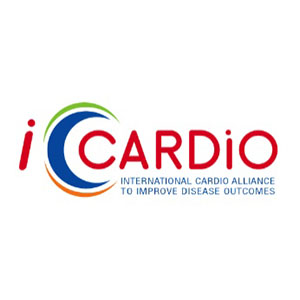Draft Document for Public Consultation: iCARDIO Alliance Global Implementation Guidelines on Heart Failure 2025

Comment form: 122
All claims expressed in this article are solely those of the authors and do not necessarily represent those of their affiliated organizations, or those of the publisher, the editors and the reviewers. Any product that may be evaluated in this article or claim that may be made by its manufacturer is not guaranteed or endorsed by the publisher.
Authors
Despite the availability of several guidelines, inconsistencies in healthcare access, varying infrastructure, resource constraints and diverse local practices restrict their global applicability. This underscores the need for universal recommendations that address the unique challenges faced by patients and healthcare providers worldwide. Our Global Implementation Guidelines emphasize the incorporation of novel therapies, while integrating past directives with the most up-to-date evidence to enable clinicians to optimize heart failure (HF) management. Context-specific recommendations tailored to individual patient needs are highlighted providing a thorough evaluation of the risks, benefits, and overall value of each therapy, aiming to establish a standard of care that improves patient outcomes and reduces the burden of hospitalization in this susceptible population. These guidelines provide evidence based recommendations that represent a group consensus considering the many other published guidelines that have reviewed many of the issues discussed here, but they also make new recommendations where new evidence has recently emerged, and – most importantly – also provide recommendations on a number of issues where resource limitations may put constraints on the care provided to HF patients. Such “economic adjustment” recommendations aim to provide guidance for situations when “Resources are somewhat limited” or when “Resources are severely limited”. Hence, this document presents a comprehensive update to HF management guidelines thereby aiming to provide a unified strategy for the pharmacological, non-pharmacological, and invasive management of this significant global health challenge that is tailored to the needs of healthcare around the globe.
How to Cite

This work is licensed under a Creative Commons Attribution-NonCommercial 4.0 International License.
PAGEPress has chosen to apply the Creative Commons Attribution NonCommercial 4.0 International License (CC BY-NC 4.0) to all manuscripts to be published.












